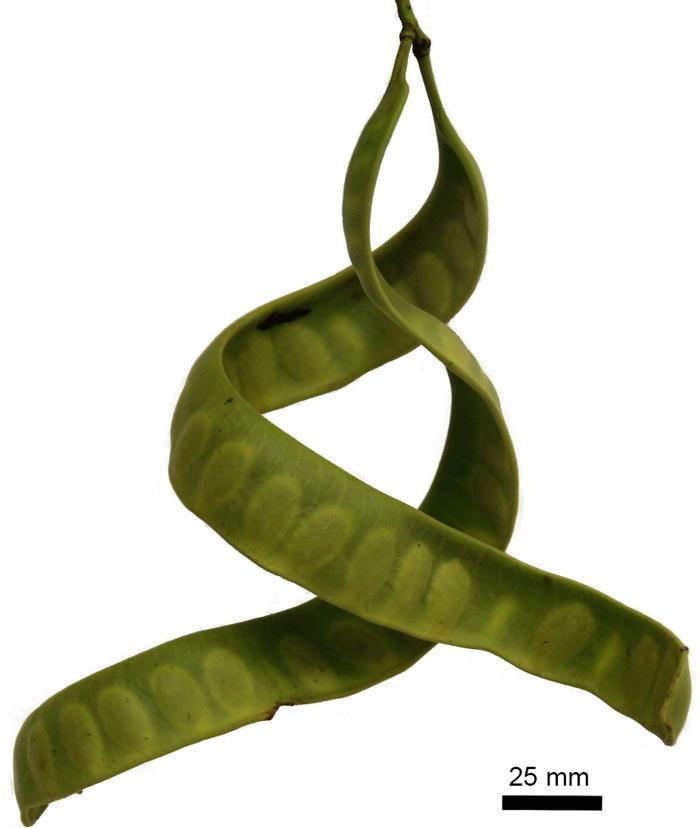- Undergraduate
Bachelor's Degrees
Bachelor of ArtsBachelor of EngineeringDual-Degree ProgramUndergraduate AdmissionsUndergraduate Experience
- Graduate
Graduate Experience
- Research
- Entrepreneurship
- Community
- About
-
Search
All Thayer News

Helical seed pods of Honey Locust trees.
Dartmouth-led Study Produces Functional Fine-tuned Curlycues
May 30, 2017
A recent study featured on the cover of Applied Physics Letters has advanced our ability to predict, program, fabricate and fine-tune curved structures and devices. The study, entitled "Shape formation of helical ribbons induced by material anisotropy", led by Dartmouth engineering professor Zi Chen and co-authored by research associates Xiaojiao Yu, Lina Zhang and Nan Hu, states that "their remarkable tunability makes helical ribbons promising structural prototypes for a wide range of applications in nanoelectromechanical systems (NEMS), drug delivery, micro-robotics, optoelectronics, and bioinspired devices."

Helical seed pods of Honey Locust trees.
Helices, a more exact term for curlycues, are common in both the natural and the engineered world at large and small scales. DNA, seed pods, spores, and mechanical springs, are just a few examples. "They form as a result of the competition between bending energy and stretching energy," the study explains. This competition occurs in materials with anisotropic properties — properties with a different value when measured in different directions.
"The more we understand the effects of material anisotropy," says Professor Chen, "the better we can control the resulting shapes and transitions and create tunable features with a broad range of engineering applications."
"These findings will open new venues of research on controlling the self-assembly of microstructures that can be used in development of next-generation MEMS/NEMS, micro-robots and drug delivery." adds Hu.
The study is also part of a new wave of research that employs traditional, well-established principles of mechanics to tackle new problems.
Says Hu, "The demand for multifunctionality is driving new collaborations and opportunities for mechanics experts to contribute to innovations across many fields of engineering."
For contacts and other media information visit our Media Resources page.
